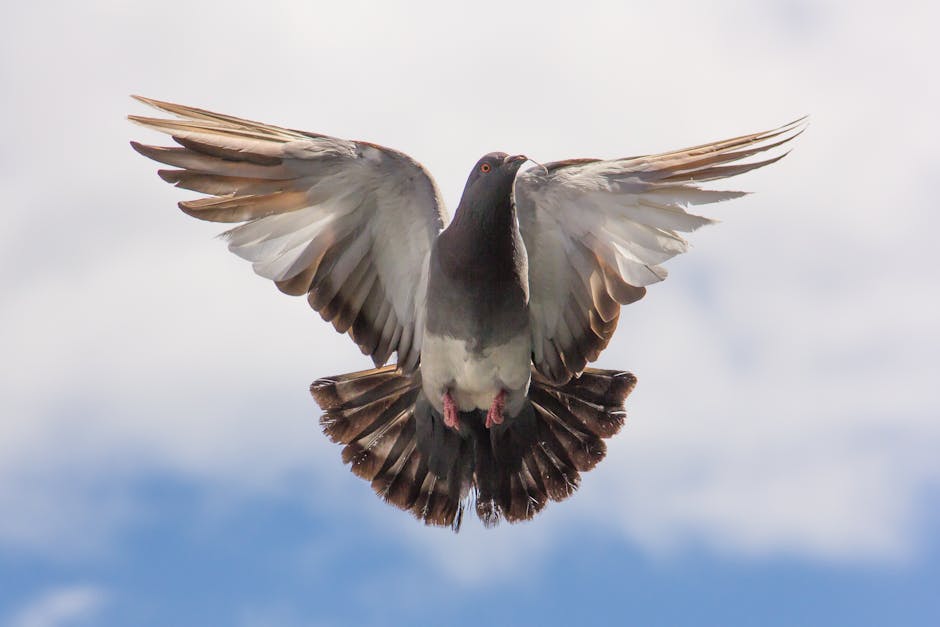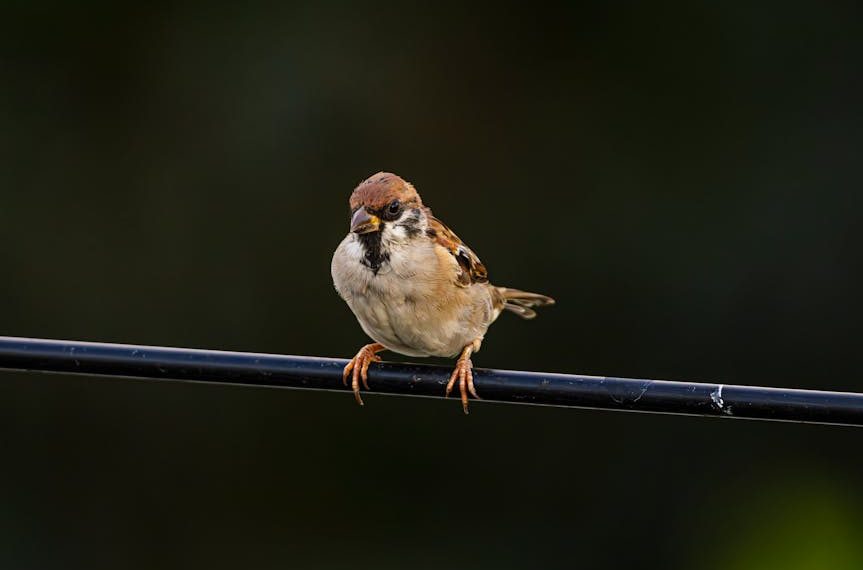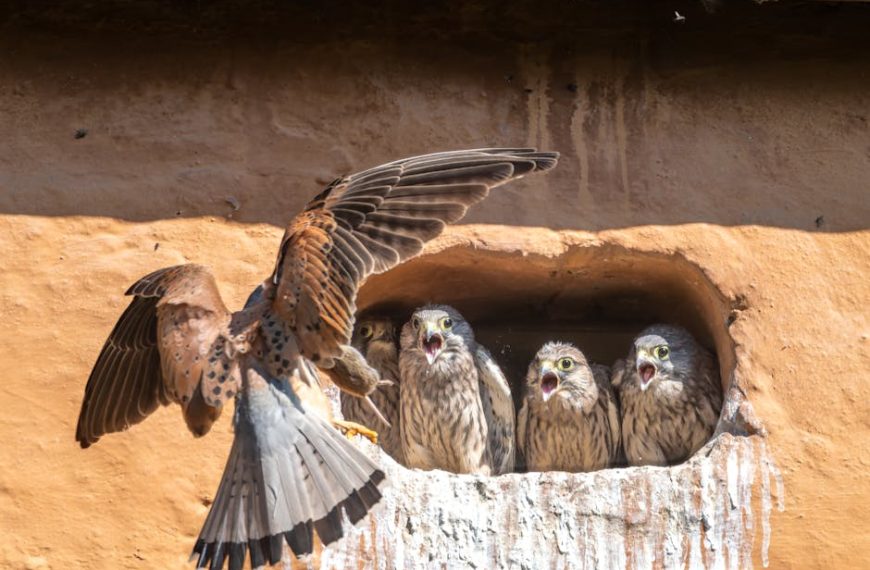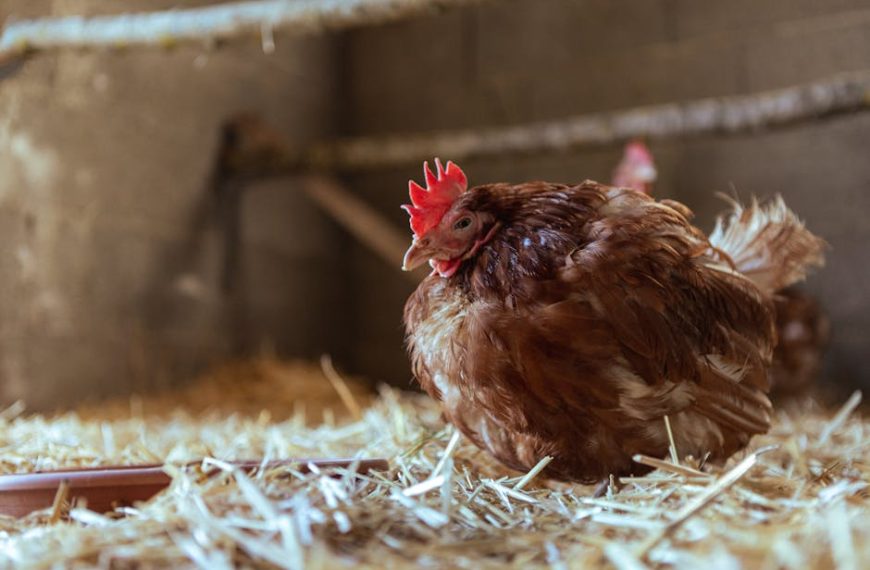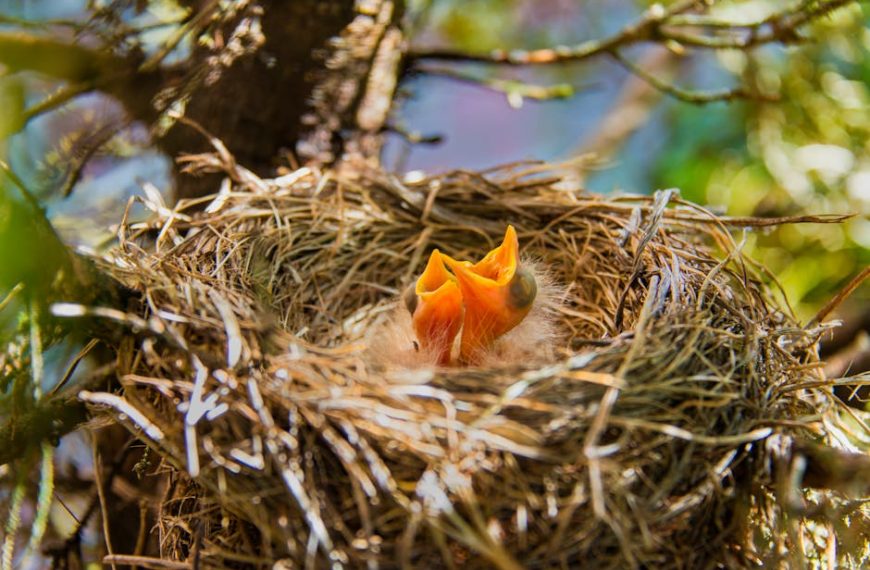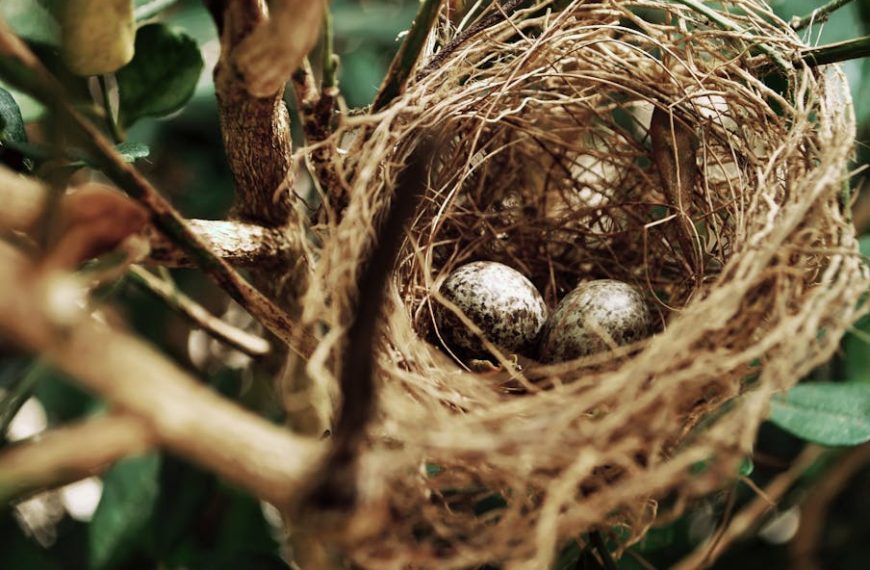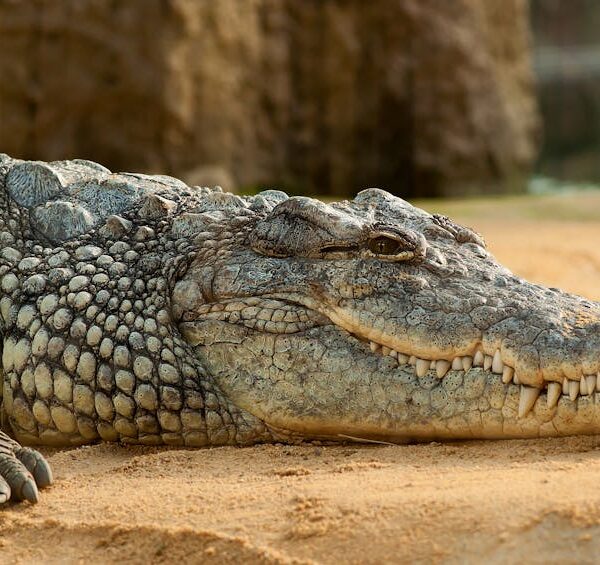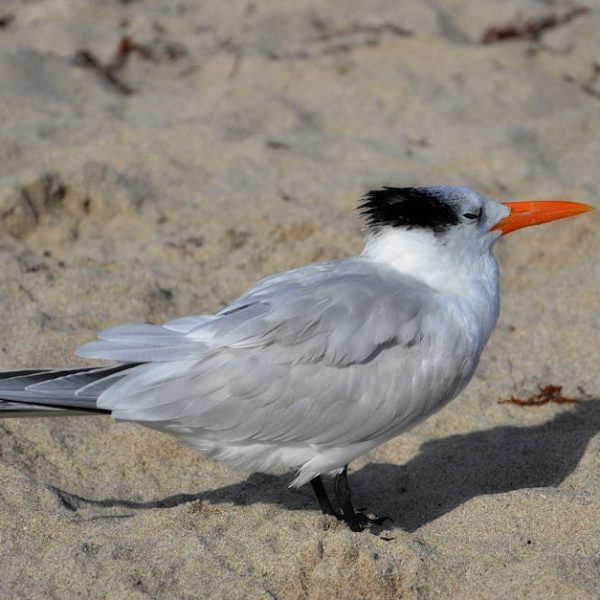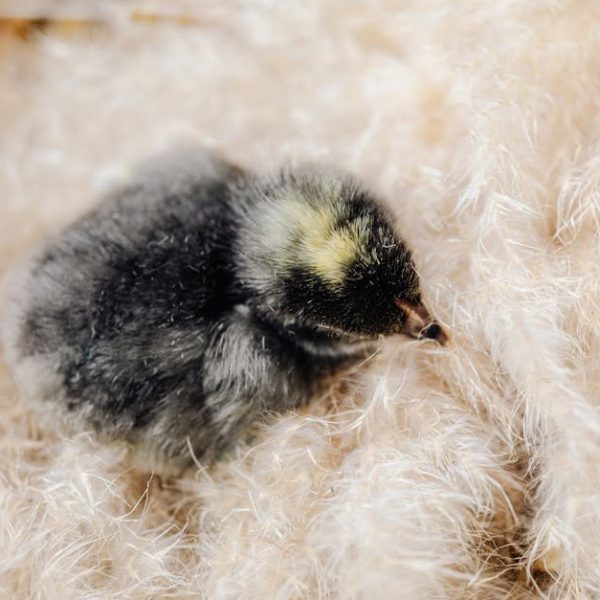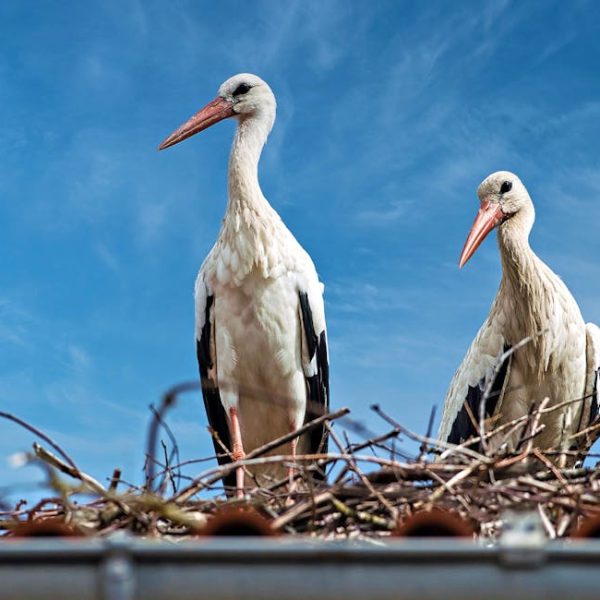In Ohio, the bird egg-laying season varies substantially depending upon the species and environmental factors. Temperatures, daylight length, and food availability are key elements that dictate this timing, playing a pivotal role in the reproductive cycles of bird species. Birds specific to Ohio, such as the Northern Cardinal and the American Goldfinch, have distinctive egg-laying seasons reflecting their unique ecological needs and adaptations.
Best Practices: For bird-watchers and nature enthusiasts, the egg-laying season presents an opportunity to witness the splendor of nature. The early spring months of April and May are generally the ideal time to observe this. However, it is crucial to avoid disturbing nests during this critical period, as it could adversely affect the breeding process.
How Climate Change Affects Bird Egg-Laying Season
Climate change poses an undeniable threat to the natural order of things, including the timing of bird egg-laying in Ohio. Warmer temperatures can prompt birds to begin laying eggs earlier in the season, a phenomenon already observed in multiple species. Unpredictable weather patterns due to climate change might also impact bird breeding, as extreme weather conditions could affect the availability of food and nesting sites.
Pros and Cons: These shifts in timings might benefit some bird species, enabling them to occupy ecological niches and expand their ranges. On the contrary, it could also be detrimental, particularly for species that rely on specific timings for food availability and habitat conditions.
Migration and the Timing of Bird Egg-Laying Season in Ohio
Migration is a significant factor influencing bird egg-laying timings. Some species, known as seasonal migrants, adjust their laying schedules based on migration timelines. Climate change, altering the regions’ climate conditions, dysregulates these schedules and requires birds to adapt accordingly.
Pro Tips: Identifying migratory birds during this season can be exciting. Look for species like the Red-eyed Vireo or the Scarlet Tanager, which migrate over long distances and have distinctive breeding displays.
How Human Activities Impact Bird Egg-Laying Season
Human activities, including urban development and changes in land use, might disrupt bird egg-laying timings. For instance, light pollution extends daylight periods unavoidably, influencing bird bio-clocks, and potentially leading to earlier egg-laying. Additionally, habitat loss can dramatically alter the timing of certain species’ egg-laying.
Checklist: Accommodating and protecting nesting birds during the egg-laying season is crucial. Refrain from unnecessary tree pruning during this period and try to reduce light pollution around your residence. Every small step contributes to the wellness of the bird population!
Supporting Bird Conservation during Egg-Laying Season in Ohio
Understanding bird egg-laying season can play a significant role in conservation efforts, leading to more bird-friendly practices. Birds form a core component of the ecosystem, playing key roles in seed dispersal, pest control, and pollination. Hence, their conservation means protecting these essential ecological functions.
Best Practices: Ohio residents can take various practical steps to support bird conservation during egg-laying season. Consider installing birdhouses or feeders in your garden, planting native trees, or participating in citizen science projects that monitor and document bird activities.
Conclusion
The bird egg-laying season in Ohio is an intricate process, influenced by multiple factors, including temperature, daylight, food availability, and human intervention. As climate change disrupts the timing of this natural event, it is vital for individual and collective efforts to mitigate these effects to ultimately support bird conservation.
Remember, your contribution can make a significant difference. By being mindful of your actions and implementing bird-friendly practices in your daily routines, you can play an active role in bird conservation in Ohio.
Environmental Stewardship Starts with You!
Note: Please note that bird egg-laying periods can vary by species and year. All the mentioned practices and recommendations should be followed within the legal and ethical bird protection guidelines established by the Ohio Department of Natural Resources.
Summary Table:
| Bird Species | Egg-Laying Season | Impact of Climate Change | Human Intervention Considerations |
|---|---|---|---|
| Northern Cardinal | April – September | Early laying due to warmer temperatures | Light pollution, habitat loss |
| American Goldfinch | July – August | Fewer food resources due to weather changes | Changes in plant species due to land use change |
| Red-eyed Vireo | May – July | Alteration in migration schedule | Habitat loss due to urban development |
Key Takeaway:
- In Ohio, bird egg-laying season varies dramatically among species, influenced by temperature, daylight length, and food availability.
- Climate change accelerates the timing of egg-laying, which could be beneficial for some species but detrimental for others.
- Human activities like urban development and light pollution disrupt bird egg-laying schedules and habitats.
- Understanding egg-laying periods supports bird conservation efforts, encouraging bird-friendly practices at both individual and collective levels.
We can all make a difference with small steps that support our local bird populations. Remember, every effort counts when it comes to stewarding a vibrant and diverse ecosystem. Be mindful of your actions and keep encouraging bird-friendly practices in your daily routines to help conserve Ohio’s avian life.
FAQs
Q: What are some bird-friendly practices I can adopt during egg-laying season?
A: During the egg-laying season, you can help by installing birdhouses, planting native trees that provide food and shelter, reducing light pollution around your residence, and avoiding tree pruning to protect nests.
Q: How is climate change affecting the migratory patterns of birds?
A: Climate change can disrupt regular weather patterns, leading to changes in food availability and nesting sites. This could force migratory birds to adjust their schedules and routes to adapt to these new conditions.
Q: Besides observing birds, why should I care about the timing of bird egg-laying season?
A: Understanding the egg-laying season helps in effectively carrying out conservation efforts. It guides when to implement bird-friendly practices, contributing to the overall health of the ecosystem.
Q: How do light pollution and habitat loss affect bird egg-laying?
A: Light pollution can extend daylight periods, causing birds to lay eggs earlier. Habitat loss can also disrupt the natural habitat of birds, altering their feeding habits and causing them to adjust their egg-laying schedules.
Q: How do birds contribute to the ecosystem?
A: Birds contribute significantly to the ecosystem. They help control pests, disperse seeds, and facilitate pollination, thereby maintaining ecological balance.
Thanks for taking the time to learn about bird egg-laying in Ohio! Every bird lover or nature enthusiast can make a difference, so continue exploring more posts and share this article to spread awareness.
